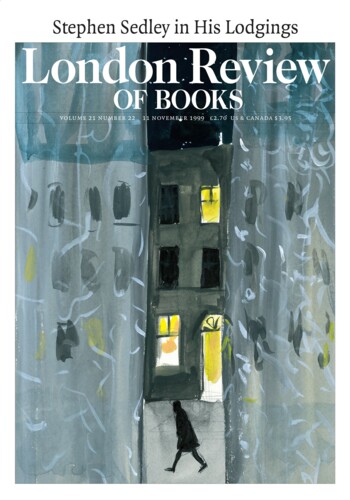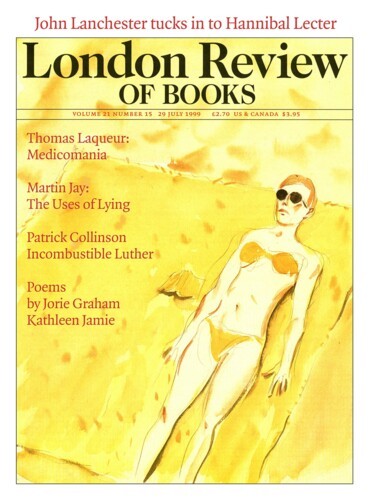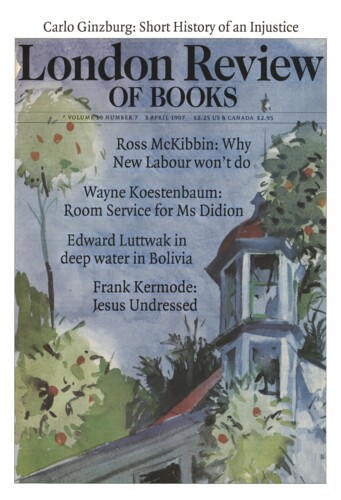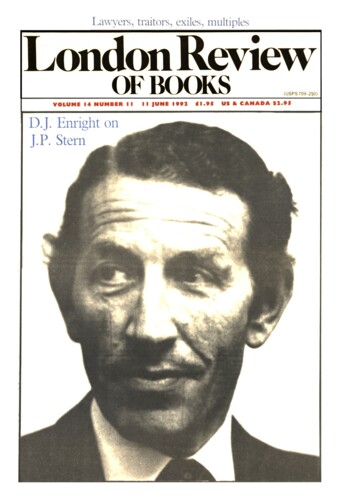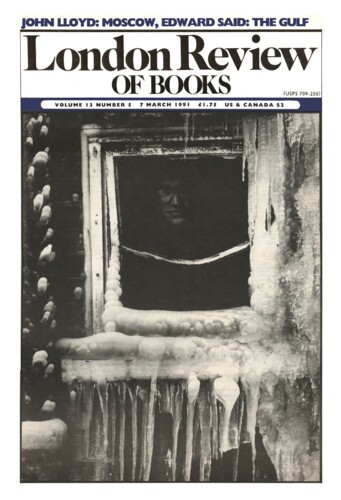Playboy’s Paperwork: historiography and Elizabethan politics
Patrick Collinson, 11 November 1999
From the Fifties to the Seventies, historians of early modern Europe were tempted to search for general regularities with which to order the past, if not quite to explain it. Examples are the notion of a ‘general crisis’ in the 17th century, and the ‘rise’ of the gentry and an alleged ‘crisis’ of the nobility, especially in England. Seismic shirts in European civilisation, functional and dysfunctional, part of the breakdown of the medieval world and the coming of modernity, were discussed in reductionist terms as the consequence of the so-called ‘military revolution’, or of the fiscal burden of parasitical royal courts, or as incidental to the phenomenon of the multiple kingdoms which were another feature of the age. Such ambitious theories, symptomatic of both Marxism and reactive anti-Marxism, have been censured by social scientists for their lack of intellectual rigour and indicted for taxonomical imprecision. What is a crisis? Who were the gentry, or the aristocracy? On the other hand, a different kind of historian wonders why we should not be content simply to give a meaningful account of the kaleidoscopic variety and contingency of historical events and circumstances. General theories, still less what have been called ‘law-like generalisations’, should not be the historian’s stock-in-trade at all. He should be content to tell stories. We have witnessed the return of narrative.‘
